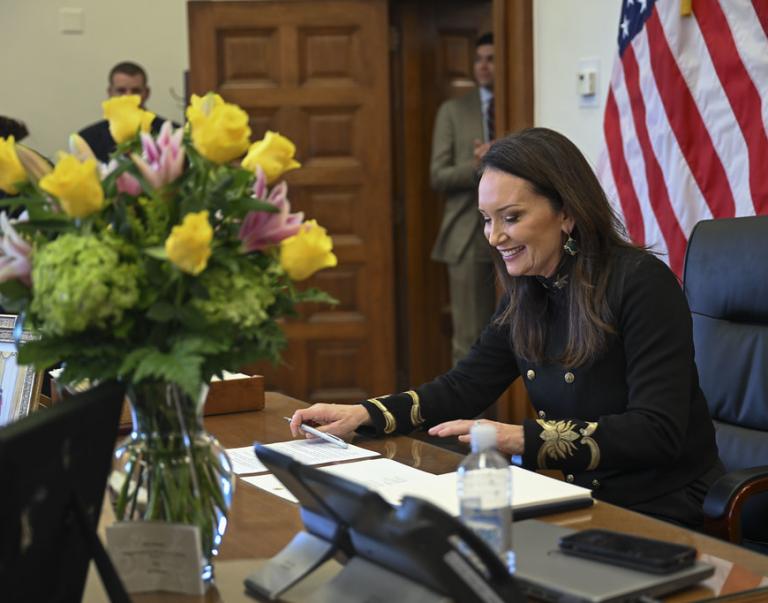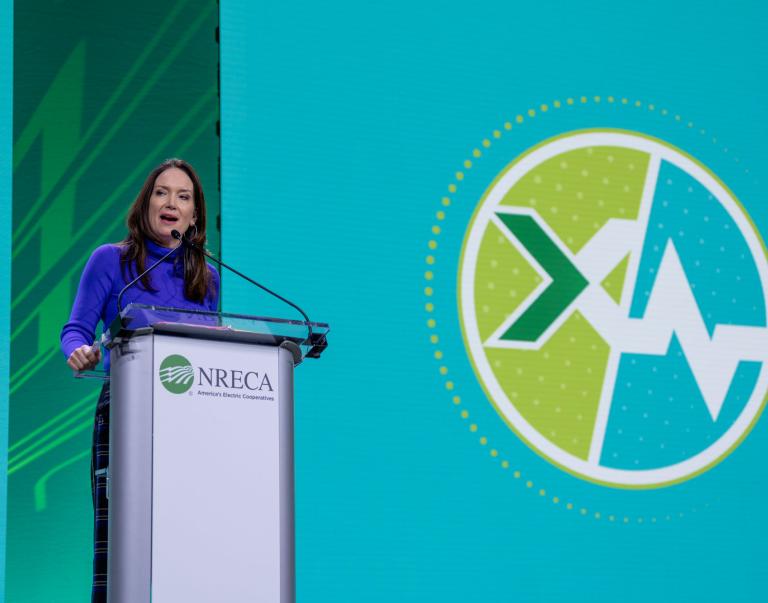
“When you are a small farm, you don’t have a lot of capital.” says Julie Donnelly of Deepwoods Farm, a small tomato farm she runs with her husband in Bradley County, Arkansas. Despite being in an area known for its tomatoes, Deepwoods Farms was having a hard time getting ahead. “We couldn’t get past the commercial tomatoes.” Julie remembers. “We were almost bankrupt. I thought ‘I’ve got to do something!’ ”
What Julie decided to do was diversify her tomato crop to produce more varietals, including heirlooms and different colored tomatoes. She believed this would give her farm a competitive edge and open up new market opportunities. The tomatoes were growing well and tasted good. However, no one knew the Donnelleys were doing something different than before. Deepwoods Farms needed marketing and branding support to tell customers why their tomatoes were different. “When I heard about the Value Added Producer Grant, I thought this might be the answer,” said Julie.
Julie worked with her local USDA Rural Development to successfully apply for a Value Added Producer Grant allowing the farm to advertise, develop packaging and brand their tomatoes. Soon business picked up. Local retailer and supermarkets were buying the tomatoes in bulk and processing them into salsas and sauces for wider distribution. Julie also projects they soon might be able to hire additional help. “The Value Added Producer Grant gave us the little cushion to get twice as much done.”
Since 2009, USDA has awarded 853 Value-Added Producer Grants totaling $104.5 million to agricultural entrepreneurs like Julie. Among them are Imperial Stock Ranch of Shiniko, Oregon which used a Value Added Producer Grant to develop a high quality, premium wool yarn line. The yarn caught the eye of Ralph Lauren, who used it to make the USA 2014 Winter Olympic Team sweaters. In Cody, Nebraska, George Paul vinegars used a Value Added Producer Grant to study if an independent vinegary could make it in rural Nebraska. Now, George Paul vinegars is one of the most successful independent vinegar businesses in the nation with customers in every state.
During the 2013-2014 funding cycle, nearly half of the Value Added Producer Grant awards went to farmers and ranchers developing products for the local food sector. Many of those can be found on the Know Your Farmer, Know Your Food Compass.
USDA is currently accepting applications for Value Added Producer Grants through July 2. Contact your local Rural Development office for more details.



